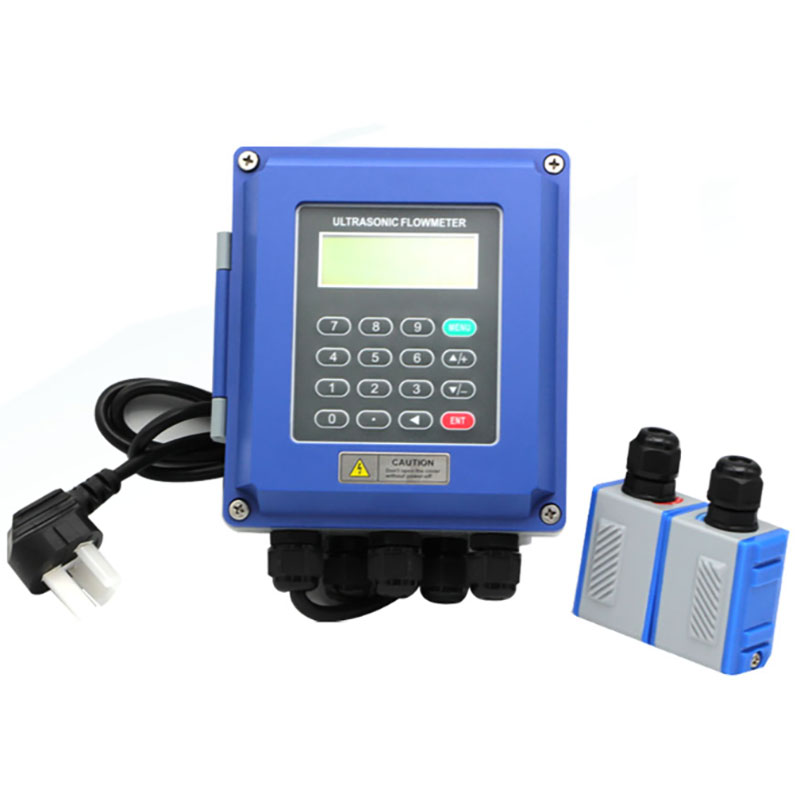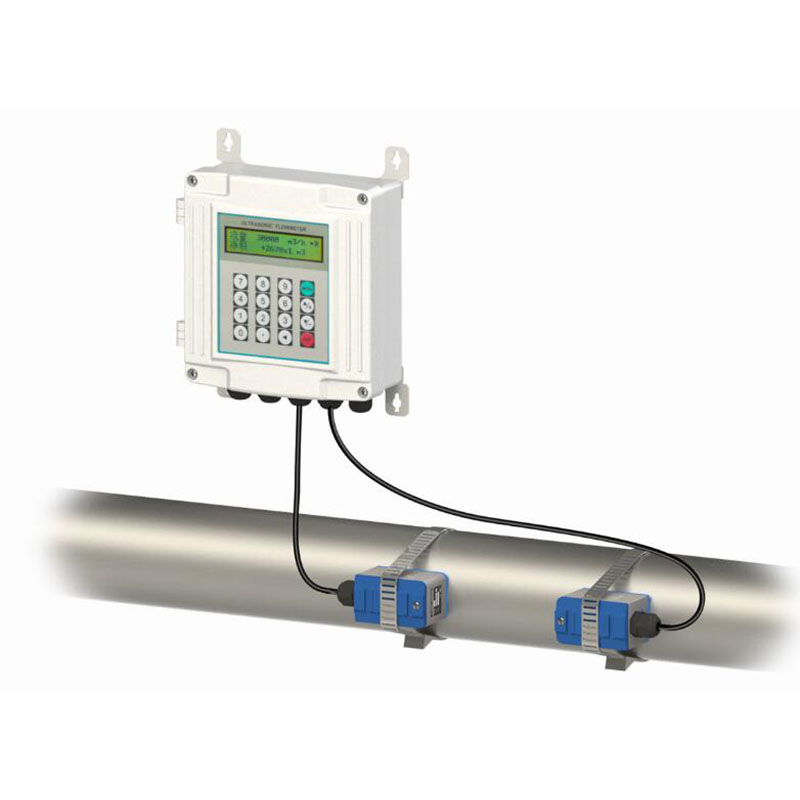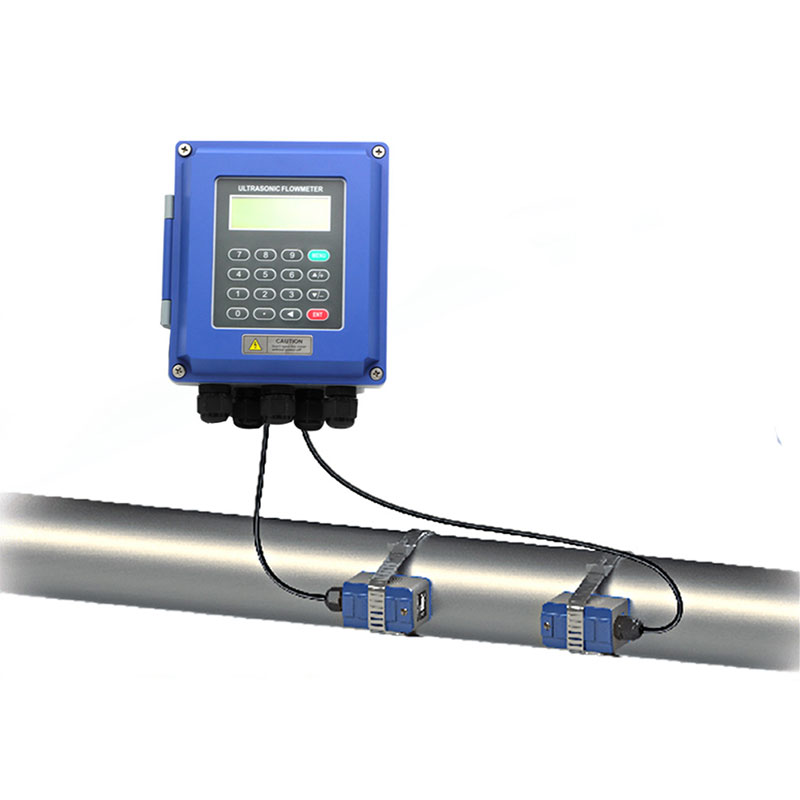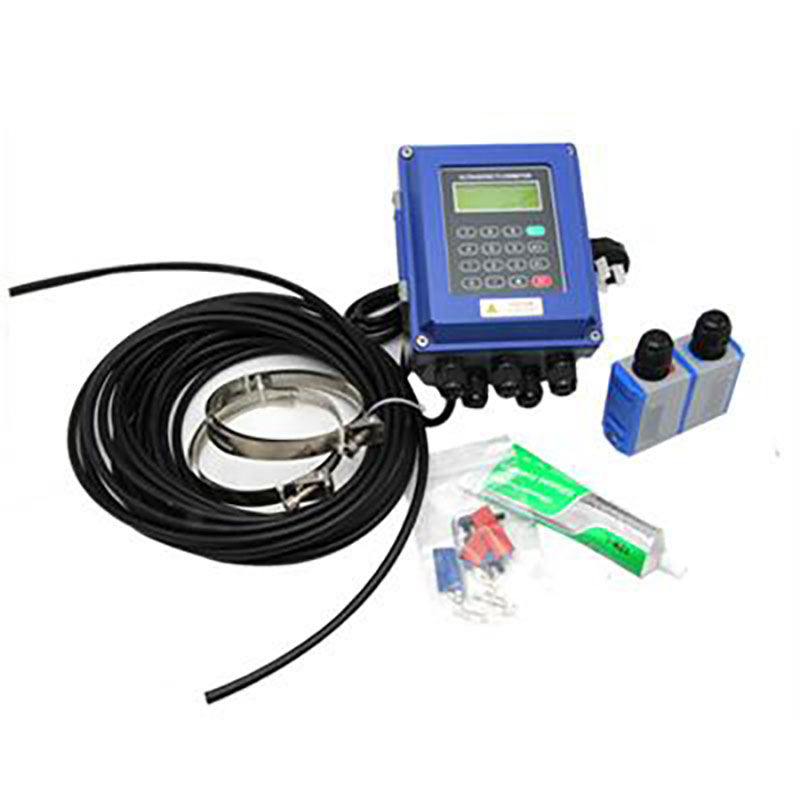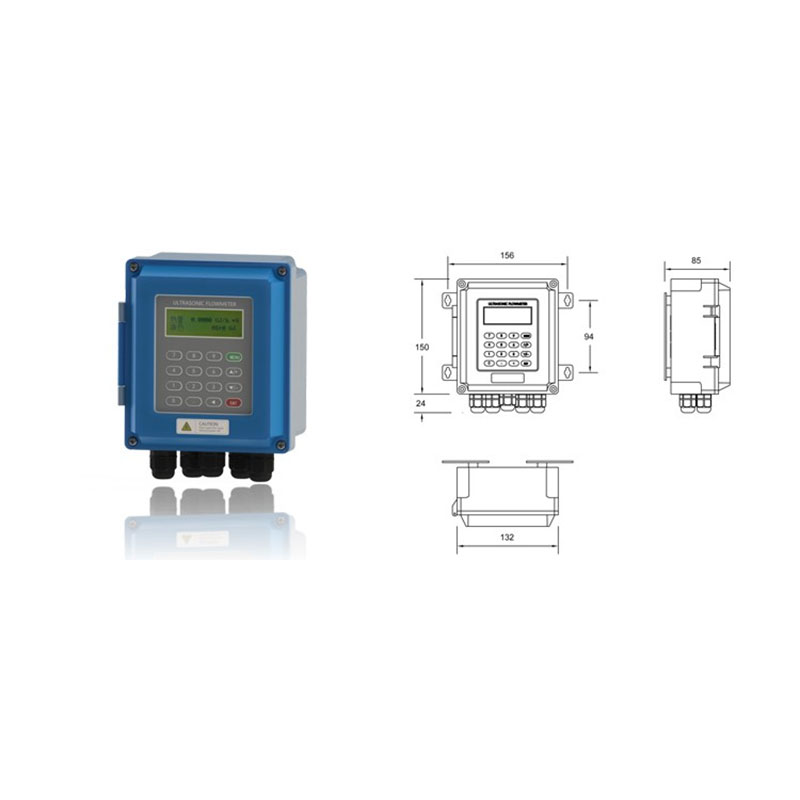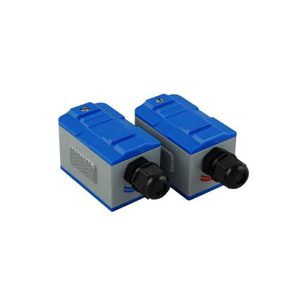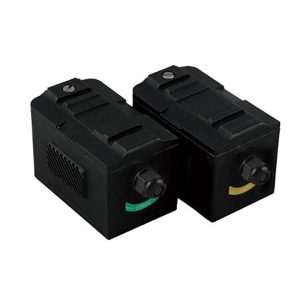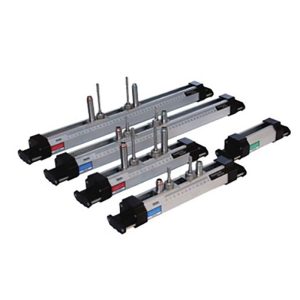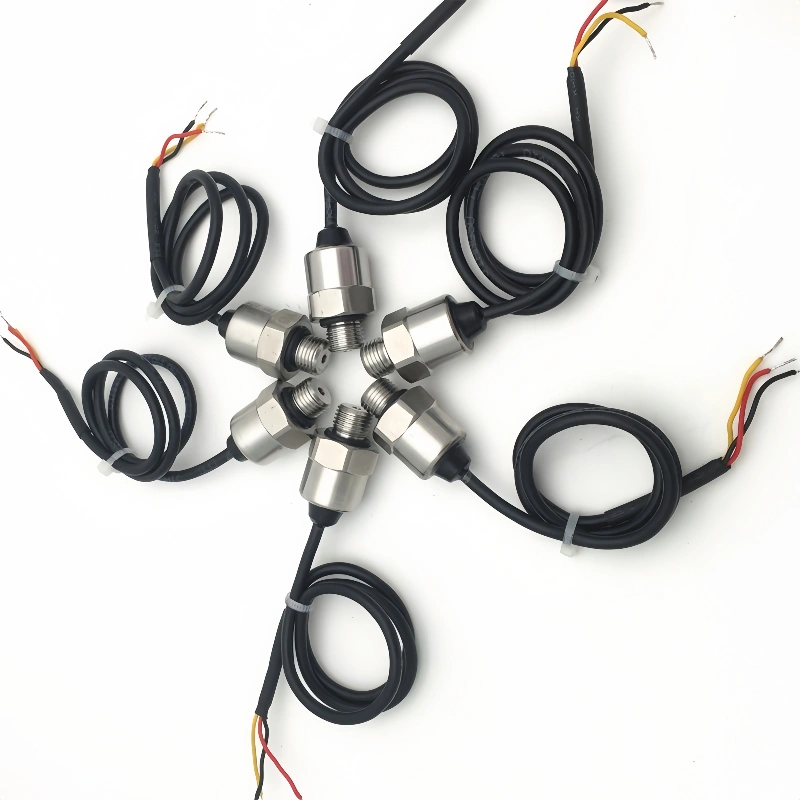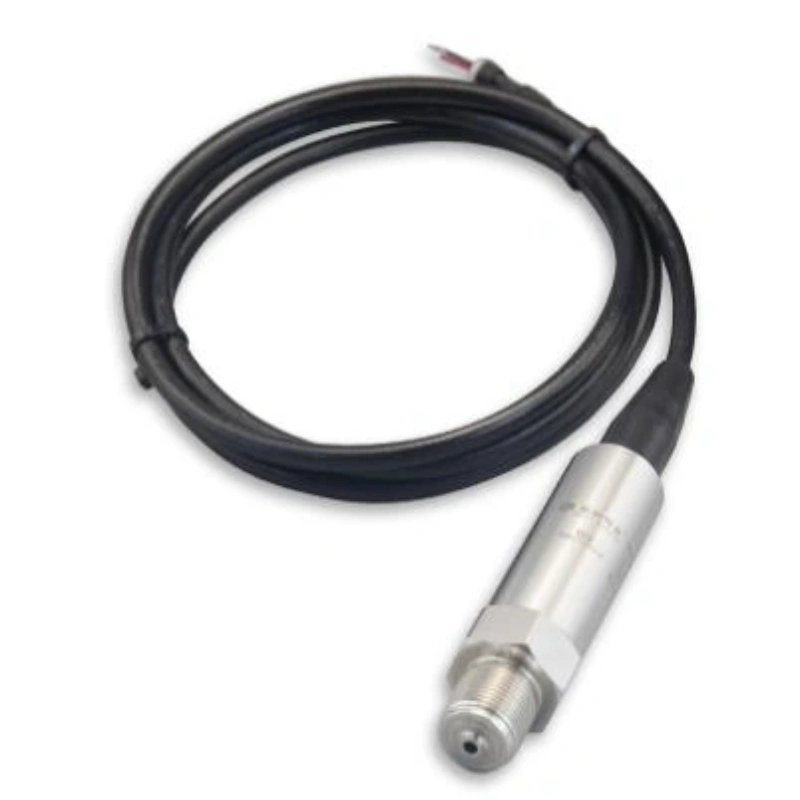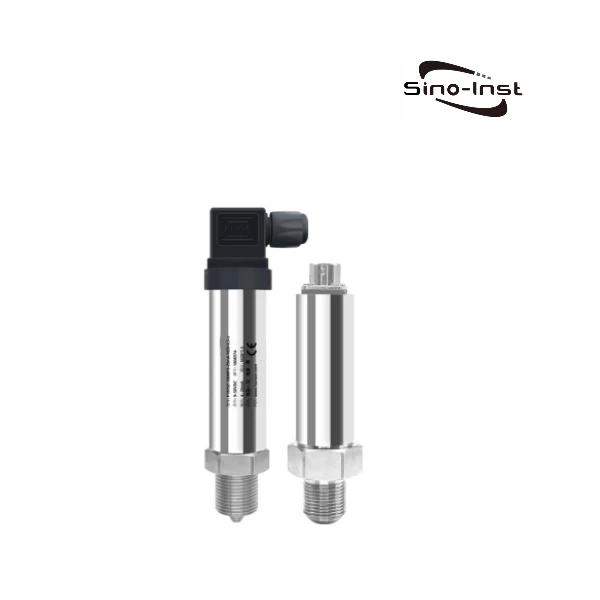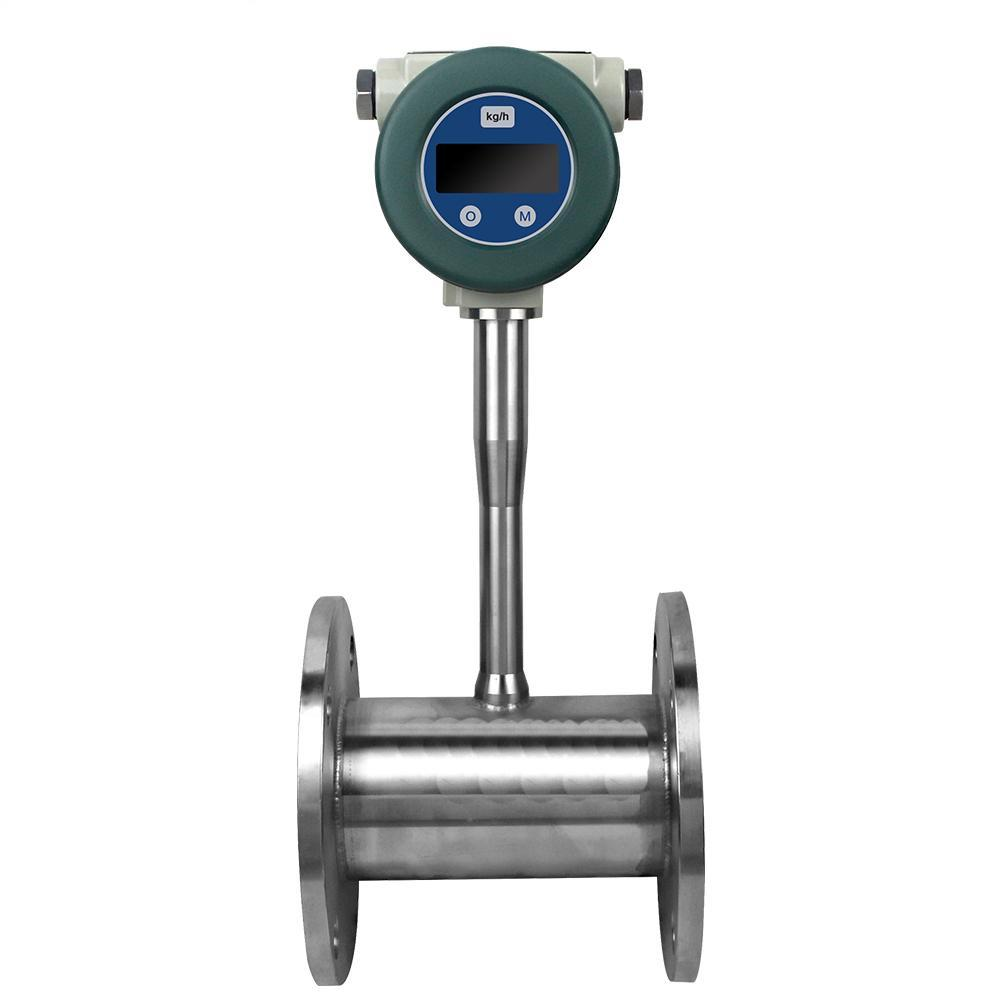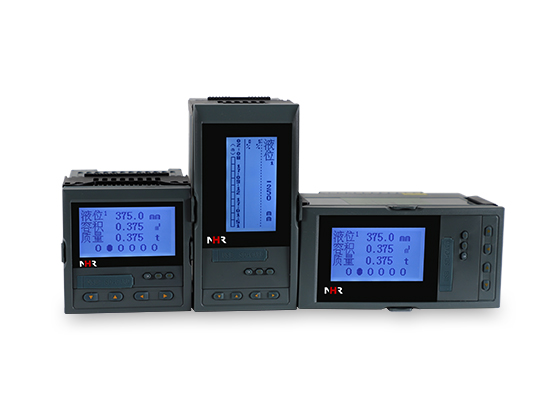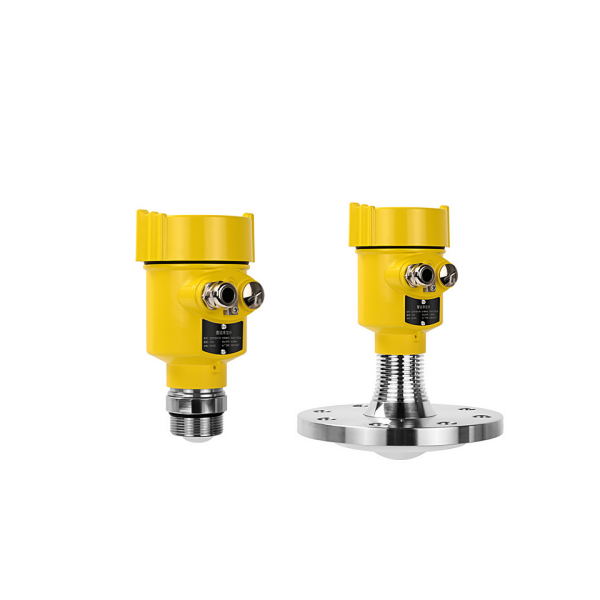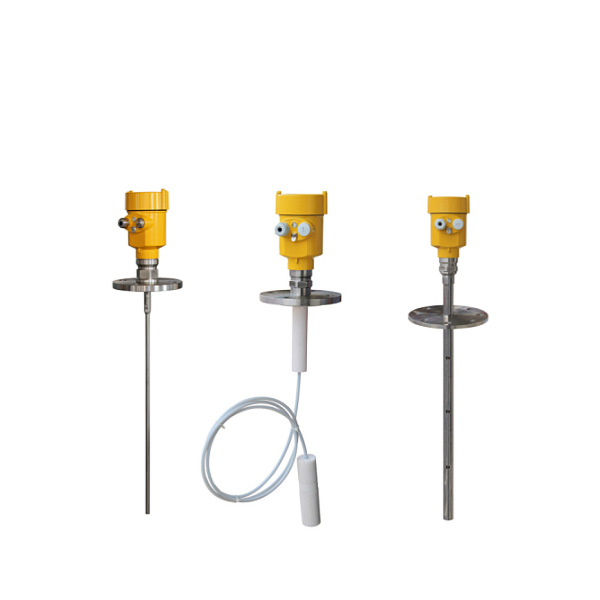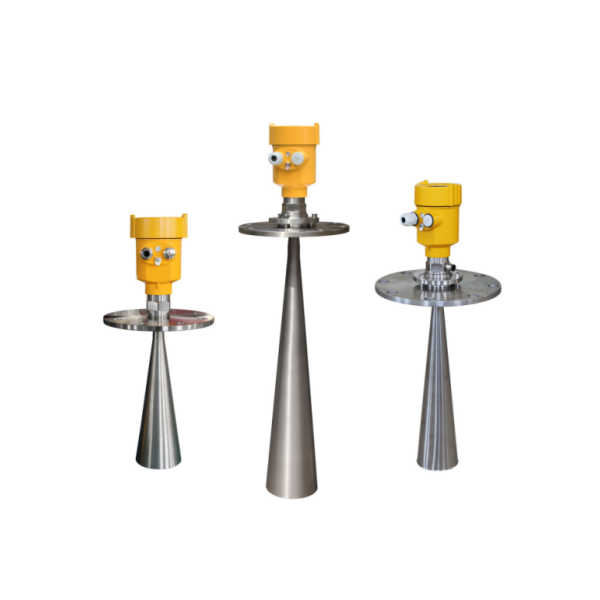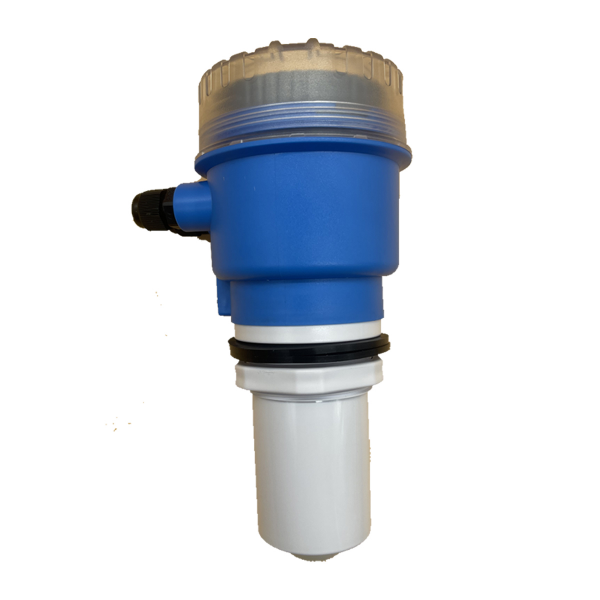What is clamp-on ultrasonic flow meter?
Clamp-on ultrasonic flow meter specifically refers to a type of flow meter with a sensor clamp installed outside the pipe for measurement. Simply stick the external clip-on sensor on the surface of the pipe to complete the flow measurement of various liquids. Compared with traditional flow meters, it does not need to break the pipe to cut off the flow, and is easy and quick to install, truly achieving non-destructive installation.
How accurate are ultrasonic clamp-on flow meters?
Generally speaking, the accuracy of ultrasonic flow meters is 1.0%. The accuracy and error of Ultrasonic clamp-on flow meters are affected by many factors, such as the properties of the fluid medium, the diameter of the pipe, the flow rate of the fluid medium, etc.
The main factors that affect the measurement accuracy of ultrasonic flowmeters are the following:
1. The location of the measurement point: The installation location of the flow meter has an important impact on the measurement results. It is necessary to try to avoid installing it in a location with local disturbances such as pipeline bends, pipeline centrifugation, or bubbles.
2. Fluid medium: The properties of the fluid medium also have an impact on the measurement results. For example, if it contains suspended particles, high gas content, high viscosity, etc., it may affect the propagation of ultrasonic waves.
3. Flow rate range: The accuracy of ultrasonic flow meters is different for different flow rate ranges, and it needs to be selected according to the actual situation.
4. Sensor performance: The quality of the ultrasonic flowmeter sensor also affects the measurement results, and the appropriate model needs to be selected.
What are the limitations of clamp-on ultrasonic flow meter?
Externally clamped ultrasonic flowmeters can be applied to the measurement of most industrial liquid pipelines, but they also have limitations. as follows:
1. High temperature wire system. Since the temperature of the measured liquid is limited by the temperature resistance of the coupling material between the ultrasonic probe and the pipe, the original data of the sound transmission velocity of the measured liquid at high temperatures is incomplete. Currently, domestic ultrasonic flowmeters can only measure fluids below 160°C.
2. The pipeline has multiple layers of wire mesh. The pipeline has multiple layers of wire mesh and layered casing. During the propagation of ultrasonic waves, ultrasonic waves are easily scattered on the wire mesh, so the received ultrasonic beam may be less than 5%, causing the signal of the external clamp-on ultrasonic flow meter to continuously report errors and cannot be tested.
3. Pipeline irregularities. For some reason, the on-site pipes were said to be out of round and square, with pits and protrusions. No pipes similar or close to concentric circles could be found at this test point. In this case, most flow meters are not suitable.

